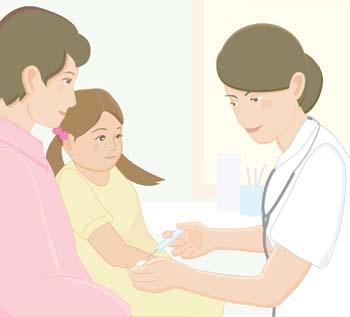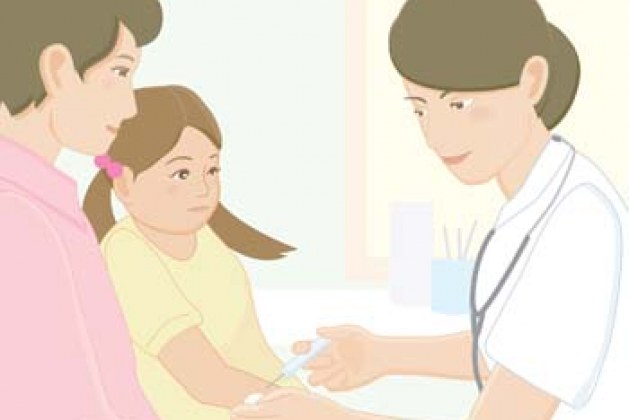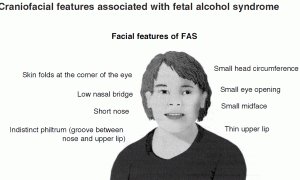
Children need utmost care at all times. This care involves various aspects, such as provision of a nutritious meal, proper parental care and access to ample play time. Above all, every child must be given quality and prompt medical care.
As a parent, it is important that you have a clear understanding of what the doctor is required to do, so you can ensure routine procedures are conducted the best way possible.
Measurement of Vital Signs
The first procedure done by any medic is to ascertain whether all vital organs are functioning normally. This includes checking of the pulse rate and determining the blood pressure. These physical checks will help in detecting whether there is any abnormality with the heart. Auscultation will help in determining the condition of the lungs.
It is also important that the weight of the child is monitored. This will help you as parent in knowing whether the child is developing normally or not, so you can adjust the child’s nutrition.
General Health Issues
It’s important to pay attention to small signs that could mean big things. For example, if a child stares at you lazily, it’s possible she or he is highly dehydrated.
In addition, you also need to pay attention to your child’s posture and gait, which could be indicators on whether whether or not the child eats energy-giving foods.
A lot of attention should also be given to the general appearance of the skin. This should be examined keenly. Why? A pale and wrinkled skin may not mean well for the child. Check whether or not there are any abnormal rashes on the skin. The skin could also signify nutrition issues.
Palpation
Palpation simply refers to examining body parts by physically touching them. This aspect is important in establishing the condition of the lymph nodes. The doctor will find their exact locations and try to check whether they are under or over the normal size. Similarly, the doctor will look for abnormal swellings. If there are any, this could signal the presence of an injury. Adequate measures must be employed to curb their continued growth.
Eye Exam
Eyes speak volumes about the medical condition of a child. A doctor will ask the child open her or his eyes, and then check whether or not they contain normal lubrication. The doctor will look at the size of the eyeball. Can the child close and open the eyes with ease? Coloration will be checked. Red eyes could signal an infection.
Nose Exam
In a nose exam, the doctor will check to see whether the child is breathing normally. By using a spotlight, she’ll check the presence of developing sinuses. Sinuses tend to interfere with normal breathing and, if left unattended, they may lead to complications later on. Similarly, a running nose could be a sign of infection. In some cases, this could be the early signs of upper respiratory tract infection, so the doctor may take precautionary measures such as recommending the use of antibiotics.
Ear Exam
A doctor will compare the pinna size and ensure that they are all normal. She’ll ensure that auditory canal is not blocked by thick wax. Then, she’ll check the condition of the mastoid to confirm the state of tenderness. It is also important that she ensures there is no discharge from the ear – and that she’ll go an extra mile and make some friendly noise to test the child’s hearing abilities.
The Neck
It is important that the neck is also examined. A healthy neck is a pillar for a good body posture.
What other physical exams do you think children need to take? What’s the next one on your to-do list for your kids?




Leave a comment
You must login or register to add a new comment.